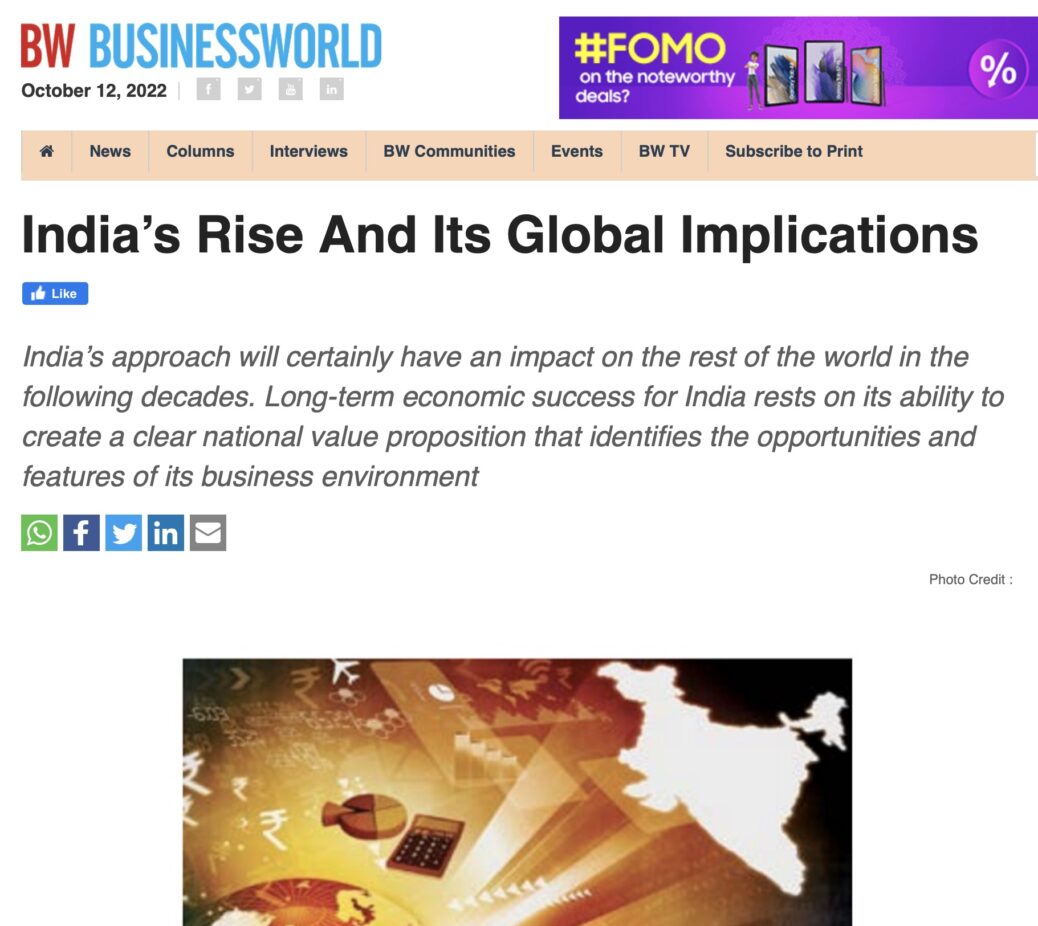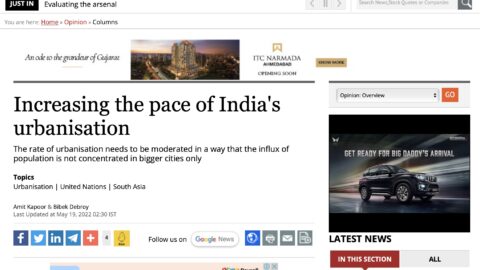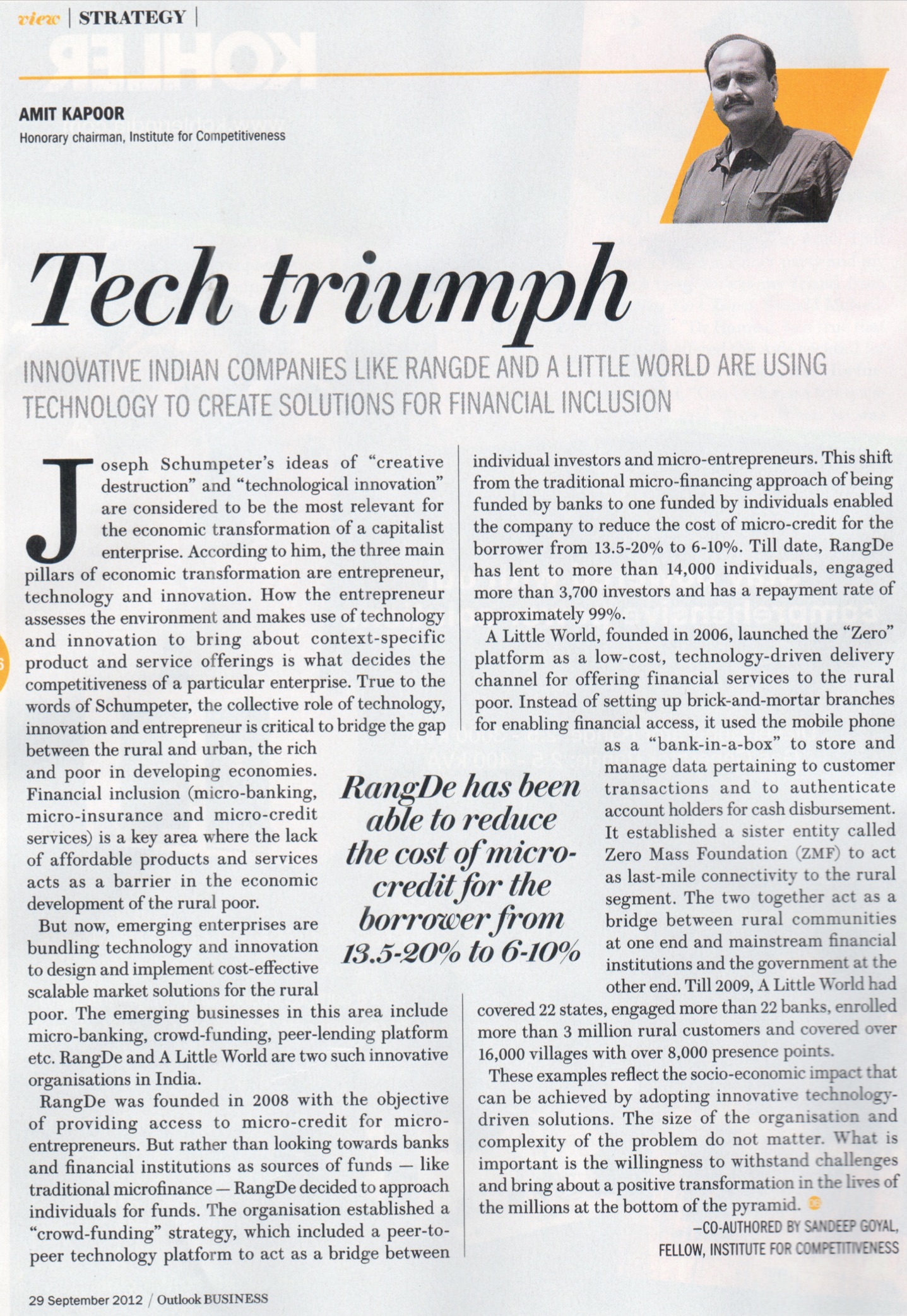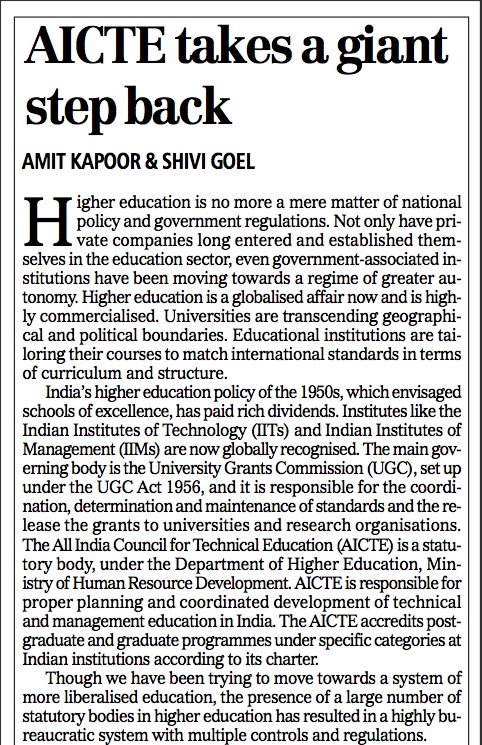India’s Rise and its Global Implications
The most common definition of globalisation follows that the world is getting excessively interlinked, and networks of interdependence are more intense than ever. This also means that what happens in one part of the world can affect the other regions irrespective of spatial and cultural dissimilarities. It is an age where the successes and failures of a nation are not contained within the national boundaries. This stands true for India as well, where the path it takes over the next few years is closely watched by the world and will also determine the trajectory of global development.
As a country which accounts for one-sixth of the world’s population and has a huge demographic dividend, India has always held a significant global position. Due to its unique geographical location in South Asia, its colonial history, active participation in international forums and its alliance-building characteristic, India is also seen as a more lucrative partner in global economic growth and influential in shaping global trends. In India, 183 million more people between the ages of 15 and 64 are expected to be added to the labour force between 2020 and 2050. Further, it is expected that by 2027, India’s working-age population will grow to be 18.6% of the global labour force. Making this population pool a fully equipped resource in terms of education, skills, and health would also generate a vital source of labour for the rest of the world. It is widely acknowledged that India and the rest of the world stand to gain significantly from maximising the potential of this resource. Additionally, the labour force would unlock the potential consumer demand for industries to meet. According to the World Economic Forum, the middle class will comprise the largest proportion of the population in India by 2030 and is predicted to account for 75% of consumer expenditure in 2030, up from roughly 50% presently. Around 80% of households will have middle incomes by that time. This would further lead to exponential demand, increasing India’s consumption costs and making it profitable.
The middle class is predicted to account for 75% of consumer spending in 2030. Around 80% of households will have middle incomes by that time, up from roughly 50% currently. This market would have exponential demand, which would increase India’s consumption costs and make it profitable. If India is successful in utilising its demographic dividend, a more educated and better-employed youth population will support the consumption increase from this expanding middle-class group with the addition of almost 140 million additional families. Globally, industries will have the chance to serve this market better and utilise the population’s youth and skills.
India has the sixth-largest economy after the United States, China, Japan, Germany, and the United Kingdom. According to IMF estimates, India contributes roughly 15% of global growth despite facing significant obstacles like poverty, unequal resource distribution, and inadequate healthcare and education. In addition, from 2000 to 2020, India’s contribution to the global GDP at current prices (PPP) rose from 4% to 6.8%. This compels one to consider the likelihood of global growth once India achieves a more equitable distribution of prosperity among its various classes, communities, and regions. India’s actual potential will be unleashed, and the country will be able to contribute to global prosperity in a much more significant way if the obstacles that stand in its way are overcome.
By obtaining USD 83.57 billion in FDI, India set a record for annual FDI inflow and demonstrated its rapid rise as a top investment destination. FDI inflows have increased 20 times during the past 20 years. Ongoing efforts are to improve India’s status as a secure and desirable investment location. FDI inflows boost production, make it easier for investors to transfer knowledge, and as a result, provide India with a competitive edge in a variety of industries.
Due to its crucial contribution to the global supply of vaccinations during the COVID-19 crisis, the nation’s standing in the world was further strengthened. In total, 98 nations received more than 235 million doses of the COVID-19 vaccine from India. India’s potential to share the benefits of its domestic scientific research system would be further improved by improving the manufacturing and scientific research ecosystem. Going beyond national interests demonstrates a global solidarity ethos. The country has become a key participant in the Asian bloc and an important participant in the changing geopolitical landscape of a multipolar world. Furthermore, India’s decision to address its sustainability goals and issues related to economic growth can provide an example for many other developing countries in a similar position, especially regarding climate change.
India’s approach will certainly have an impact on the rest of the world in the following decades. Long-term economic success for India rests on its ability to create a clear national value proposition that identifies the opportunities and features of its business environment. Numerous non-economic elements also affect a country’s ability to influence the global economy. It is essential to consider India’s success beyond only its strength on the economic front. India’s capacity to make social progress, produce in a sustainable manner, and distribute assets and value more fairly must all be considered while defining success in India. By including all of the previously described factors, the competitiveness framework redefines what success means for India.
The article was published with Business World on October 12, 2022
























